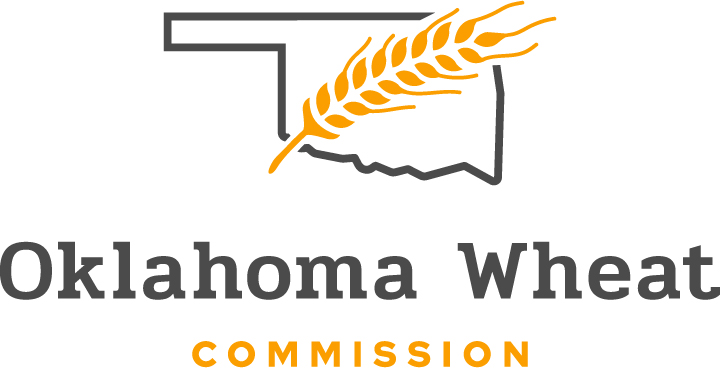
Agricultural News
Sanders Says Canola Progress May be Behind Schedule, but Full Yield Potential Still There
Mon, 31 Mar 2014 15:43:56 CDT

Spring temperatures are starting to take hold and this year's canola crop is coming out of dormancy after an unusually hard winter. Heath Sanders, field specialist with the Great Plains Canola Association, tells Radio Oklahoma Network Farm Director Ron Hays that the crop cosmetically looked bad coming out of the winter, but appearances are deceiving. He spent some time in the field recently and says the canola is greening up nicely from south to north and there is a lot of variation from one stand to the next in terms of the crop's progress and condition.
" There have been so many things that have gone on this year it's been very hard to pattern why one field looks so good and you can drive down the road a mile and you're like, 'What in the world has happened?' It may be the same variety. It may be the same planting date. All these things are thrown into the bag. But things are starting to turn around.
"We've got some stands that are thin. And, canola doesn't have to be real thick to be a good crop and that's one thing guys have got to keep in mind. If they've got two or three plants per square foot, that's still a good stand for canola to reach full yield potential."
The extremely cold winter and unseasonably cool spring so far have conspired to keep the crop from advancing as quickly as it otherwise would, Sanders said.
"At this point, we're around two or three weeks behind schedule compared to the recent years. We normally see bolting canola. We see blooming canola. I'm just now starting to see bolting canola-a few bolts here and there. And, so, we're two or three weeks behind. Now you add on to that that everything's been extremely dry and that slows it down even more because canola is an indeterminate crop. And it waits and it waits until that rain in order to make seed."
Despite the fact that canola plants have a tap root and that some parts of the state have seen some rain recently, Sanders said the soil moisture is insufficient right now to get the crop growing very rapidly.
"We just don't have a profile right now. We've been living kind of hand to mouth with these rains-just enough to keep it alive and keep it going. We need a good, gentle soaking rain that we generally see in April and I sure hope we get it."
Sanders said last week's USDA Crop Progress and Condition report for Oklahoma pegging 60 percent of the crop in poor or very poor shape was misleading. This week's report shows it worsening to 62 percent. Based on his field observations and taking into account the bad stands that really are out there, Sanders says the crop looks healthier to him than those reports indicate.
"Beauty is in the eye of the beholder when it comes to looking at canola in the middle of the wintertime or when the reporting was done. I looked at a lot of fields that looked really well. It may have burned down and looked really brown, but you could look down the row and see those green crowns that looked good."
Sanders said producers are now hitting their crop with their last shot of herbicide and some diamond-back moth larvae have been spotted, but insect and disease pressure looks low right now.
WebReadyTM Powered by WireReady® NSI
Top Agricultural News
More Headlines...




















